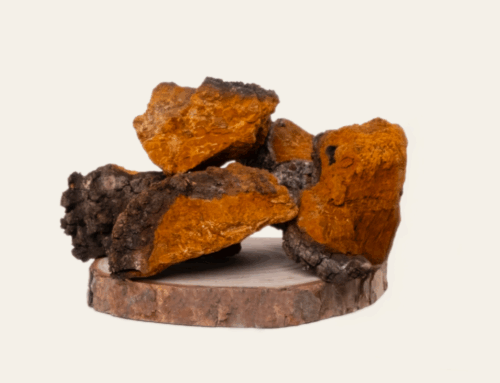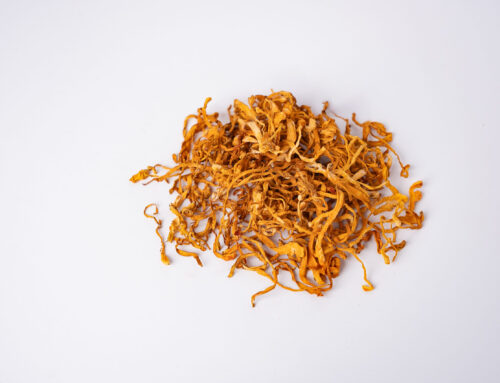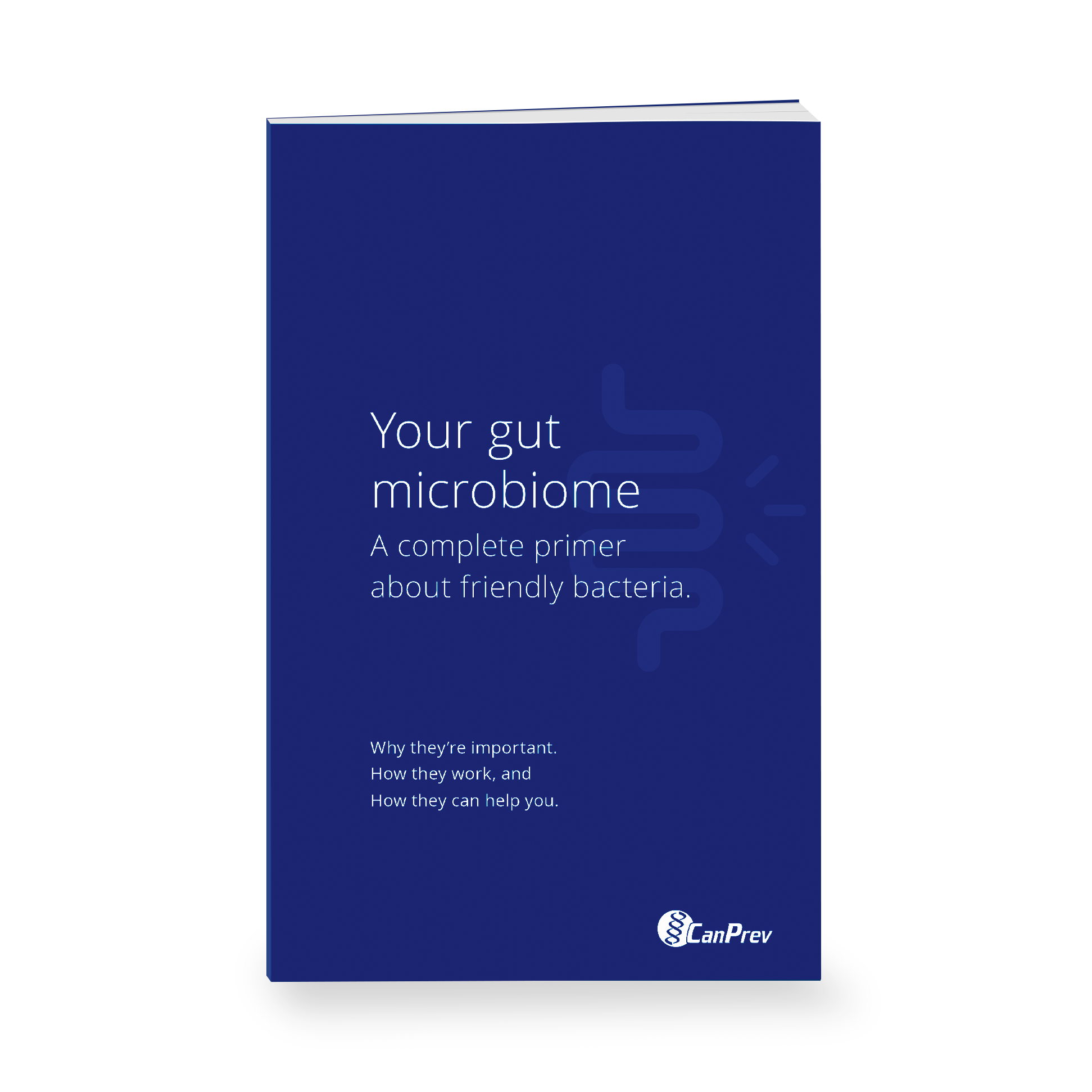When it comes to healthy aging, you may hear recommendations such as getting moderate exercise, or eating a balanced diet full of fruits and vegetables. Though these suggestions are simple, they are more powerful than you think. This is because regular exercise and antioxidant consumption play an important role in keeping free radicals and oxidative stress at bay. Almost every chronic disease can be linked back to oxidative stress – the most common are the onset of heart disease, respiratory diseases, and even cancer. Whether we think about it or not, free radicals and oxidative stress affect us daily.
What are free radicals and oxidative stress?
At any given time, your body is full of “free radicals”. This general term is given to unstable molecules that can cause damage to your cells’ structure and functions. They are unstable because they are missing an electron in their outer shell, so they are constantly searching for other molecules from which they can steal an electron.
Free radicals are like a hungry child – when they’re in need of a snack, the easiest way to feed themselves is to sneak their sibling’s food. When a free radical molecule manages to claim an electron, the molecule it takes an electron from becomes oxidized and thus needs to take from another molecule. The chain reaction continues until an antioxidant can donate their extra electron, ending the cycle. The antioxidant is like a mother; they can feed the child while also keeping herself nourished.
Every chemical process in the body will produce free radicals as natural byproducts. Even tasks as simple as taking a breath will create free radicals. Not all free radicals are bad – a controlled amount of oxidation is needed for the body’s chemical processes to continue. However, when there is an imbalance of free radicals and antioxidant defences, the body goes into a state of oxidative stress.
Oxidative stress should be prevented as it plays a major role in many acute and chronic diseases such as insulin resistance and cardiovascular diseases.
How free radicals affect your body
When free radicals build up in an uncontrolled manner, every cell of the body is at risk. Free radicals can potentially damage proteins, cell membranes, lipids and DNA. Many of these are the building blocks of various organ functions. When damaged, organ failure can occur.
Long-term effects of oxidative stress
DNA damage
One of the major consequences of oxidative stress is DNA damage. Your DNA is the genetic information that your body uses to produce every cell of your body. Uncontrolled oxidation can lead to changes in the genetic code and as a result, cause DNA strands to break. Due to this damage, the production of new, healthy cells becomes compromised.
Cancer onset
When DNA is affected, the risk of cancer increases dramatically. Over time, damaged DNA can lead to mutations in new cells, spreading and growing into cancer.
Cardiovascular disease
Oxidative stress can act as an indirect trigger for the development of heart disease by creating plaque in the arteries. This is how:
- Inflammation in the blood vessel occurs.
- Immune cells (macrophages) go to the source of inflammation to calm the inflammation. Free radicals are produced as a byproduct.
- When low density lipoproteins (LDL cholesterol) circulate this area, they are oxidized by the free radicals.
- The oxidized LDL triggers increased fat cell production and plaque formation.
When plaque builds up in the arteries, the blood vessel opening is reduced and blood cannot flow normally. Plaque buildup is extremely dangerous and can lead to high blood pressure, heart attacks, strokes or heart failure.
Respiratory diseases
As air pollutants enter our body through the nose, they increase inflammation of the airways. Upon reaching the lungs, the pollutants react with oxygen to create a particular type of free radical known as reactive oxygen species (ROS). The ROS then further damages the lung tissues and causes excessive mucus production, damaging the respiratory pathway.
Because we are constantly breathing in toxins like household cleaning products, pollution and second-hand smoke, our lungs are full of ROS. Smokers in particular were found to have even higher levels of oxidative stressors, while having reduced protection due to lowered antioxidant levels.
Natural ways to reduce oxidative stress
Because free radicals are naturally produced by the body, we are capable of fighting a reasonable amount on our own. Various vitamins, minerals and enzymes in our bodies can act as antioxidants, and fight against the negative effects of free radicals and oxidative stress. Here are a few ways to support our body’s natural ability to fight.
Eat plenty of fruits and vegetable
The first step to combating these harmful substances is to arm yourself with the right protection. In this case, you can provide your body with plenty of fruits and vegetables. These foods are full of antioxidants that block oxidation. Aim to consume 5 servings of fruits and vegetables per day.
Avoid cooking with rancid vegetable oils
The fatty acids in certain vegetables oils are already susceptible to damage from heat and light. Undergoing high temperatures can further oxidize these oils and cause them to become rancid. This can occur during the production process of the oil, or during high heat cooking methods such as deep frying. They will oxidize and deplete vitamins A, C and E – your natural antioxidants. The combination of inflammation and decreased antioxidants fuels a chain reaction of oxidative damage in the body.
Vegetable oils to avoid include canola oil, soybean oil, peanut oil, sunflower oil and safflower oil. Instead, opt for more stable cooking oils like avocado or olive oil.
Supplement to increase your antioxidants
Antioxidants are your body’s natural free radical scavengers. To keep oxidative stress at bay, you may consider supplementing with a combination of antioxidants. Our Antioxidant Network formula contains many free radical fighters, such as vitamin E, Coenzyme Q10, alpha lipoic acid (ALA), zinc and others. If you are frequently exposed to pollutants or suffer from a respiratory condition, taking extra NAC+ can provide your body with extra protection against oxidative stress.
References
- Carraro, E., Schilirò, T., Biorci, F., Romanazzi, V., Degan, R., Buonocore, D., Verri, M., Dossena, M., Bonetta, S., & Gilli, G. (2018). Physical Activity, Lifestyle Factors and Oxidative Stress in Middle Age Healthy Subjects. International journal of environmental research and public health, 15(6), 1152. https://doi.org/10.3390/ijerph15061152
- Evans, M. D., Dizdaroglu, M., & Cooke, M. S. (2004). Oxidative DNA damage and disease: induction, repair and significance. Mutation research, 567(1), 1–61. https://doi.org/10.1016/j.mrrev.2003.11.001
- Halliwell B. (2007). Biochemistry of oxidative stress. Biochemical Society transactions, 35(Pt 5), 1147–1150. https://doi.org/10.1042/BST0351147
- Gonzalez-Hunt, C. P., Wadhwa, M., & Sanders, L. H. (2018). DNA damage by oxidative stress: Measurement strategies for two genomes. Current Opinion in Toxicology, 7, 87-94.
- Valko, M., Izakovic, M., Mazur, M., Rhodes, C. J., & Telser, J. (2004). Role of oxygen radicals in DNA damage and cancer incidence. Molecular and cellular biochemistry, 266(1-2), 37–56. https://doi.org/10.1023/b:mcbi.0000049134.69131.89
- Bahorun, T., Soobrattee, M. A., Luximon-Ramma, V., & Aruoma, O. I. (2006). Free radicals and antioxidants in cardiovascular health and disease. Internet Journal of Medical Update, 1(2), 25-41.
- MacNee W. (2000). Oxidants/antioxidants and COPD. Chest, 117(5 Suppl 1), 303S–17S. https://doi.org/10.1378/chest.117.5_suppl_1.303s-a
- Malhotra, D., Thimmulappa, R., Navas-Acien, A., Sandford, A., Elliott, M., Singh, A., Chen, L., Zhuang, X., Hogg, J., Pare, P., Tuder, R. M., & Biswal, S. (2008). Decline in NRF2-regulated antioxidants in chronic obstructive pulmonary disease lungs due to loss of its positive regulator, DJ-1. American journal of respiratory and critical care medicine, 178(6), 592–604. https://doi.org/10.1164/rccm.200803-380OC (Retraction published Am J Respir Crit Care Med. 2016 Feb 1;193(3):344)







Leave A Comment